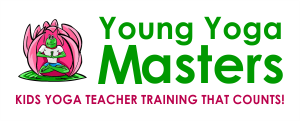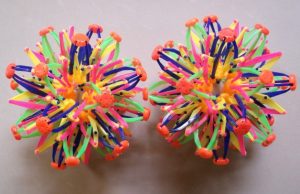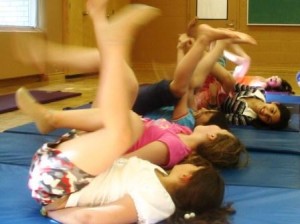It’s said that a picture is worth a thousand words, in kids yoga you could say the same about a good … [Read more...] about Avoid this Common Mistake with the Hoberman Sphere (Breathing Ball) in Kids Yoga
breath
Be Clear on What You Want in Kids Yoga Training
This guest post is by Bekah Starr of Sproutin' Yoga. She explains why she registered for our … [Read more...] about Be Clear on What You Want in Kids Yoga Training


